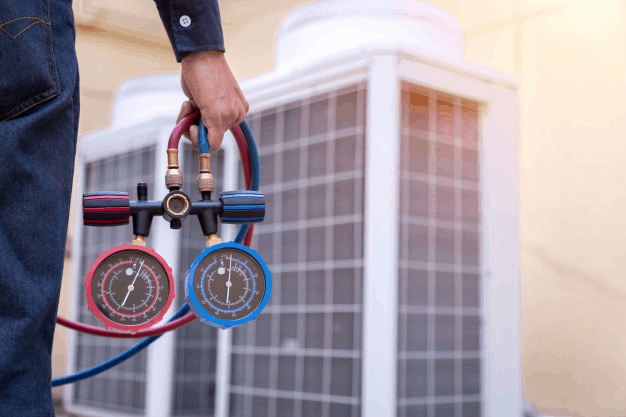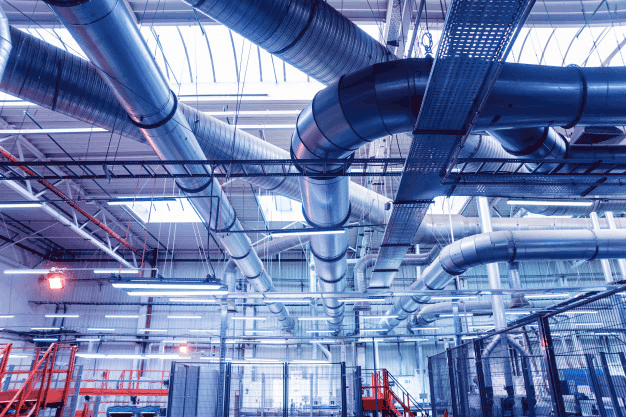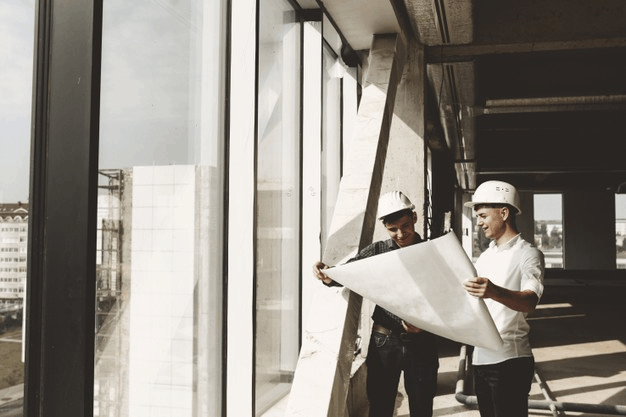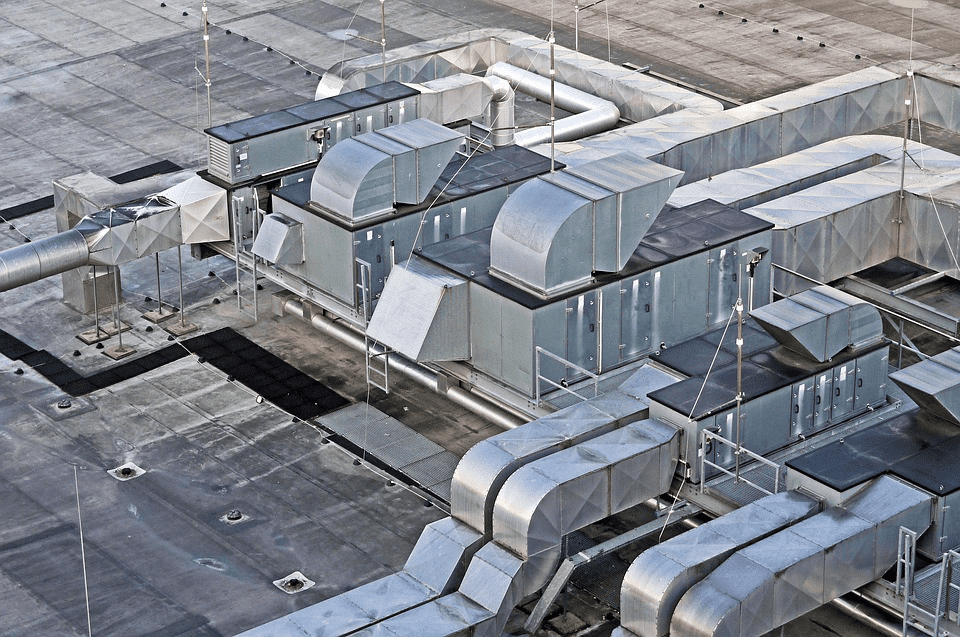How Do You Size a Commercial HVAC System?
Whether you’re considering a new commercial HVAC unit or simply upgrading your existing one, it’s crucial that you take into consideration its size...
Floor, wall and ceiling mounted to meet your unique project design.

Did you know that HVAC systems in commercial buildings are responsible for 40% of the building’s total energy use?
Given how much there is at stake, it’s no surprise that building owners are always on the lookout for new systems and technologies to reduce these costs as much as possible.
When it comes to energy savings on heating and cooling, business owners will have two primary options to choose from: constant air volume (CAV) and variable air volume (VAV) systems. Both options are viable ways to set up an energy efficient HVAC system, and the most appropriate choice will depend on your specific facility’s needs.
Let’s compare VAV vs CAV and why a building owner might choose one over the other.
CAV and VAV are types of ventilation systems that supply air to each building region (or “zone”) and help regulate internal air temperatures.
CAV is the older of the two options, leveraging a centralized duct system and compressor to supply constant air flow to different zones.
While CAV systems can vary a building’s heating/cooling rate to create a comfortable and constant temperature, it has a harder time regulating temperature across multiple zones. Airflow volume is fixed, meaning that it’s less able to be adjusted to the requirements of each zone.
In contrast, VAV systems supply variable air flow at a constant temperature, using fans and dampers to manage cool air flow and maintain temperature and humidity conditions of different zones. This type of system requires installation of more HVAC components, such as:
VAV systems automatically adjust dampers to accommodate the airflow and temperature needs of each zone, making it a great option for larger facilities with varying temperature needs. It’s an approach that uses mixed air to balance heating and cooling in each region and offers a more flexible, cost-effective HVAC system.

When comparing these two HVAC systems, why would a building owner choose one over the other?
CAV systems are older but remain viable ways to manage HVAC needs. Benefits include:
However, the simplicity of CAV systems cuts both ways, making it less ideal for more extensive HVAC needs:
As the newer of the two HVAC options, VAV offers distinct benefits for commercial building owners, which include:
Although VAV offers big benefits to HVAC efficiency, this type of system comes with drawbacks as well, such as:
Despite its drawbacks, note that these up-front costs tend to be offset by the lower operating costs of the system itself.
| Interested in learning more? Check out these blogs from AirFixture: |
CAV may be the best option when a building’s ventilation load needs are constant for long periods. In other words, CAV works best when a building must be heated/cooled to a specific temperature with little variability.
This applies to single-zone applications, such as small warehouses. Or, multi-zone applications with similar thermal requirements, including small office buildings with multiple rooms
Additionally, CAV is an energy efficient choice for facilities with similar climate needs that operate 24/7, including :
CAV is ideal for applications where ventilation load shows little variation.
Conversely, VAV is best for situations where ventilation is subject to part-load conditions. Generally, VAV is ideal for big, commercial areas where ventilation demands are continually changing, such as:
In general, VAV offers better climate control and energy efficiency over the long-term through its more advanced regulation features, making it the more viable option for the majority of large, commercial HVAC applications.
In most cases, when comparing single zone vav vs constant air, single zone VAV may offer in-depth control features that never get used. When only one zone needs to be regulated, CAV offers an approach that’s quicker to implement and cheaper to install.
Of course, CAV and VAV aren’t the only HVAC options available to businesses. Cutting-edge solutions such as underfloor air distribution (UFAD) offer substantial advantages over traditional HVAC and represent a superior way to manage air flow throughout a building.

UFAD is a revolutionary approach to HVAC that leverages underfloor HVAC installations accessible by raised access floor panels. Unlike with traditional HVAC, UFAD systems introduce conditioned supply air at the floor level through diffusers, which is then exhausted through return vents in the ceiling to mitigate cross-contamination.
UFAD offers several advantages over the traditional HVAC, such as:
Building owners seeking even more modern and energy efficient HVAC infrastructure should consider newer options such as UFAD.
Consider the ongoing debates between VAV vs VRF vs radiant vs chilled beams, and you’ll see how different strategies can yield different benefits. This is why it’s critical to work with an experienced partner who can show you the most efficient way to set up your system.
AirFixture has successfully executed hundreds of UFAD projects in the last 20 years and will bring that expertise to work for your project. Contact the experts at AirFixture today to learn more about UFAD. Let us design the perfect UFAD solution for your commercial building.
Whether you’re considering a new commercial HVAC unit or simply upgrading your existing one, it’s crucial that you take into consideration its size...

Air conditioning legal requirements in the UK are put in place to ensure the health and safety of occupants in commercial buildings. Property...

When it comes to any new building or renovation project, it's vital to ensure your project meets all building code requirements. Understanding every...